 Abraham Lincoln
If given the truth, the people can be depended upon to meet any national crisis...
Abraham Lincoln
If given the truth, the people can be depended upon to meet any national crisis...
 Guildford news...
for Guildford people, brought to you by Guildford reporters - Guildford's own news service
Guildford news...
for Guildford people, brought to you by Guildford reporters - Guildford's own news service
Birdwatcher’s Diary No.140
Published on: 17 Jul, 2017
Updated on: 17 Jul, 2017
By Malcolm Fincham
During the first weeks of July I spent most of my time in Guildford and its surrounding villages.
The furthest I strayed was Chiddingfold, visiting Botany Bay with Bob, for a last throw of the dice, on what turned out to be an unsuccessful search for purple emperor butterflies that might still be tempted to the ground.
An abundance of other species present waved goodbye to any disappointment. To my advantage the majority were easier to photograph than on our previous visits. They settled for longer periods to rest and to feed on nectar.
Two of the most notable and tractable to the quest of my camera were white admirals.
Silver-washed fritillaries were posing especially well, with some paired up and mating
Several brimstone butterflies were also noted, mostly the paler looking females.
In the area where we saw a spotted flycatcher on an earlier visit in May, we were now pleased to see adults feeding their young.
In the damper parts near to the stream a few banded demoiselle were about.
As well as mating damselfly.
By the end of the first week of July, most of our hirundine young had fledged their nests.
A few late leavers could still be seen, anticipating their departure from the security of their parents.
Both swallows and house martins could now be seen flying in groups with their young, especially in the countryside areas surrounding Guildford. Taking ”time-out”, I sat to watch both newly fledged and adult swallows as they acrobatically hawked flies over a freshly harvested field.
Enjoying their magnificent display was soon interrupted as a hobby flew overhead in the direction of the performing group. With effortless ease it plucked one out of the sky, carrying it away to its fate.
For all my understandings and ”seasoned” life in nature watching, I must confess, empathy took my thoughts as I watched I do hope it wasn’t one of those cute little faces I saw peering out at me a few days earlier!
Swifts, now with young on the wing, could already be seen in the sky over Stoughton as evening light started to fade. Screaming overhead as they joined in a tight group, then dispersed in different directions like they were the Red Arrows display team.
With most young birds having fledged their nests, I now feel a little more relaxed at disclosing some of the areas I have been writing about, but keeping close to my chest. These are where I have seen a few of the rarer and more susceptible species and can reveal some success stories.
You may find it hard to believe what goes on at Whitmoor Common, Worplesdon, especially when night falls and most sensible people have gone to bed. Things that go ”churrrr!” in the night!
A late evening stroll across the heathland to one of my favoured spots enabled me to take some ”lucky” shots of nightjars there. Walking along a narrow, but well used footpath, (one of my favoured paths) to set myself up for an evening viewing (about 9pm), one flew out of the heather beside the path. Struggling to take flight it dropped into a thicket of heather not far off on the other side of the path.
At first I thought it might be injured, but soon guessed different when I heard the contact sound of a female. She flew around me several times, giving the opportunity of a few record shots.
I immediately realised how susceptible these young critters must be to a loose dog, especially one of a predatory kind, or even just one that takes delight in the chase. Taking the hint that she was trying to distract from what was probably her fledgling, I left them be and wished it well in their days to come, before its long migration back to Africa.
I also heard at least three males ”churring” in the area and got a shot of one perched on the branch of a dead silver birch tree.
And at least four nightjars close together, in flight, as I made my way back to the car park.
Also earlier in the evening I saw four young green woodpeckers.
Several stonechat families.
Although Dartford warblers were too elusive to photo on this occasion, I did catch the sound of their ”contact” calls, from time to time. So things are still looking reasonably healthy there.
Having had such sensational views of what is well renown to be the very elusive nocturnal nightjar, I added another night species to my latest display of photographs. A first sighting this year, for me, of a tawny owl.
This was early in the afternoon on July 6, and was with much thanks to a blackbird ”ticking” frantically, making its alarm call to warn its friends of a predator.
Having taken a few photos, the ”tawny” noticed my presence and amusingly sank out of view into the ”basement” of its dwelling, as if descending slowly in a lift.
Turning my attention to a wooded glade nearby, I spotted a roe deer feeding with its young.
Other delights photographed on my travels around Guildford and some of its surrounding villages during the first weeks of July, included:
Buddleia shrubs are always worth keeping an eye on at this time of the year, flowering in their varied colours of blossom. On July 14, I glimpsed a painted lady butterfly as it settled on one in purple flower. Walking the short distance across a lawn, I got a close-up view of its glorious colours and even a few photos.
The painted lady is a long-distance migrant, which causes the most spectacular butterfly migrations observed in Britain and Ireland.
In some years it is an abundant butterfly, frequenting gardens and other flowery places in late summer This butterfly arrives in the UK every year and breeds here during the warmer months, with the offspring then emigrating southwards.
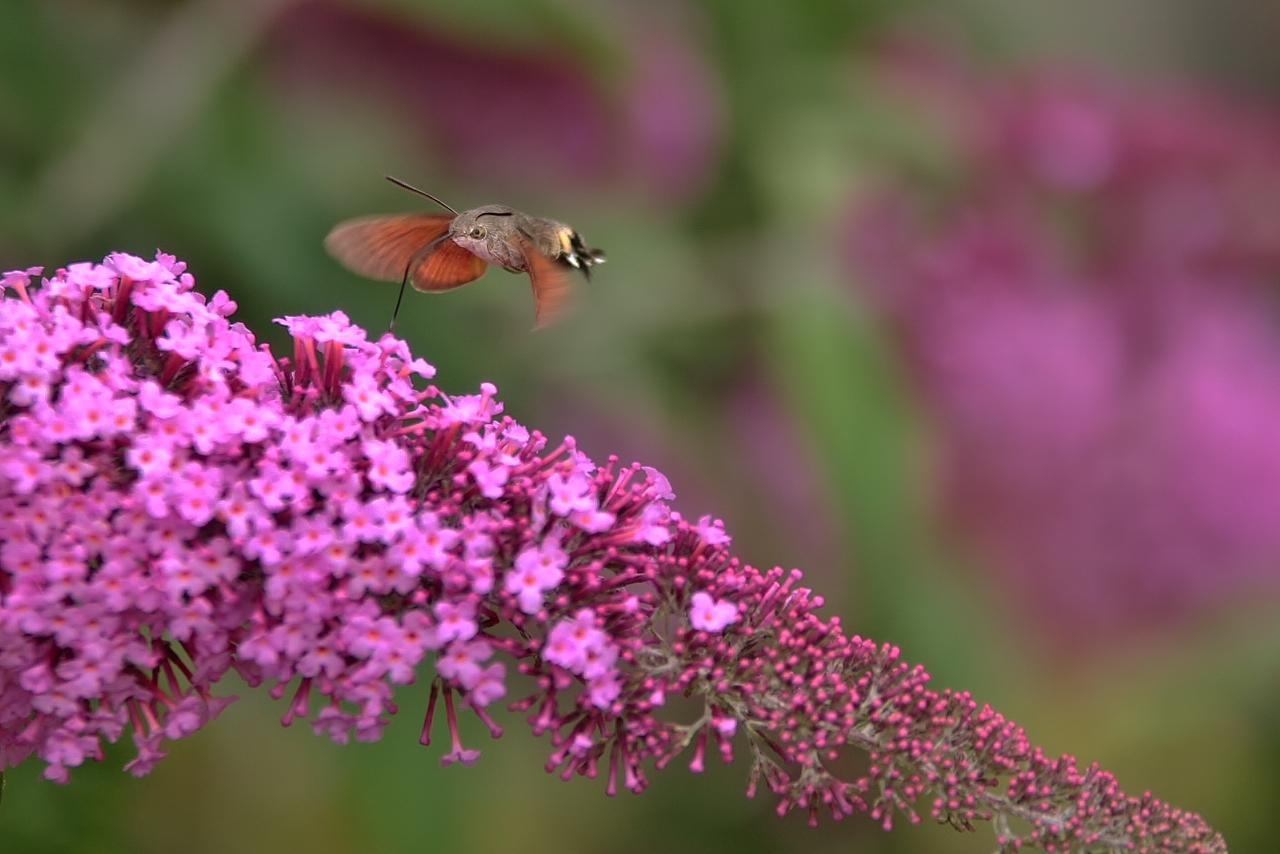
Hummingbird hawk-moths beat their wings 80 times per second, allowing them to hover over flower heads and feed on nectar.
Hummingbird hawk-moths are summer visitors, migrating here from Southern Europe in variable numbers each year.
Often, they can be seen in gardens hovering like hummingbirds feeding on the nectar of honeysuckle, or buddleia flowers.
Other more common, butterflies seen were commas.
Gatekeepers.
Small tortoiseshell butterflies.
Small white
And red admiral.
On my local travels I even picked out a family of spotted flycatchers and a brief glimpse and photo-shot of a kingfisher – screeching loudly as it passed a sleeping swan.
And several common but enigmatic grey herons.
Responses to Birdwatcher’s Diary No.140
Leave a Comment Cancel replyPlease see our comments policy. All comments are moderated and may take time to appear. Full names, or at least initial and surname, must be given.
Recent Articles
- Burglar Jailed Thanks To Quick Action of Ash Resident
- Highways Bulletin for December
- Birdwatcher’s Diary No.318 Some Pre-Christmas Rambles
- Merry Christmas and a Happy New Year to All Our Contributors and Readers!
- More Units Added to Solums’s Station Redevelopment
- Vehicle Stop on Epsom Road Leads to Prolific Drug Gang Being Put Behind Bars
- Local Political Leaders Respond to Publication of the English Devolution White Paper
- Flashback: Guildford All Lit Up For Christmas – Then And Now
- City Earn Themselves a Three Point Christmas Present
- Mayor’s Diary: December 23 – January 4


Recent Comments
- Jim Allen on Two Unitary Authorities, One Elected Mayor – Most Likely Devolution Outcome for Surrey
- Mike Smith on Two Unitary Authorities, One Elected Mayor – Most Likely Devolution Outcome for Surrey
- Angela Richardson on Two Unitary Authorities, One Elected Mayor – Most Likely Devolution Outcome for Surrey
- Frank Emery on Two Unitary Authorities, One Elected Mayor – Most Likely Devolution Outcome for Surrey
- Paul Kennedy on Two Unitary Authorities, One Elected Mayor – Most Likely Devolution Outcome for Surrey
- Alan Judge on Dumped E-bike Provokes Questions
Search in Site
Media Gallery
Dragon Interview: Local Artist Leaves Her Mark At One of England’s Most Historic Buildings
January 21, 2023 / No Comment / Read MoreDragon Interview: Lib Dem Planning Chair: ‘Current Policy Doesn’t Work for Local People’
January 19, 2023 / No Comment / Read MoreA3 Tunnel in Guildford ‘Necessary’ for New Homes, Says Guildford’s MP
January 10, 2023 / No Comment / Read More‘Madness’ for London Road Scheme to Go Ahead Against ‘Huge Opposition’, Says SCC Leader
January 6, 2023 / No Comment / Read MoreCouncillor’s Son Starts Campaign for More Consultation on North Street Plan
December 30, 2022 / No Comment / Read MoreCounty Council Climbs Down Over London Road Works – Further ‘Engagement’ Period Announced
December 14, 2022 / No Comment / Read MoreDragon Interview: GBC Reaction to the Government’s Expected Decision to Relax Housing Targets
December 7, 2022 / No Comment / Read MoreHow Can Our Town Centre Businesses Recover? Watch the Shop Front Debate
May 18, 2020 / No Comment / Read More




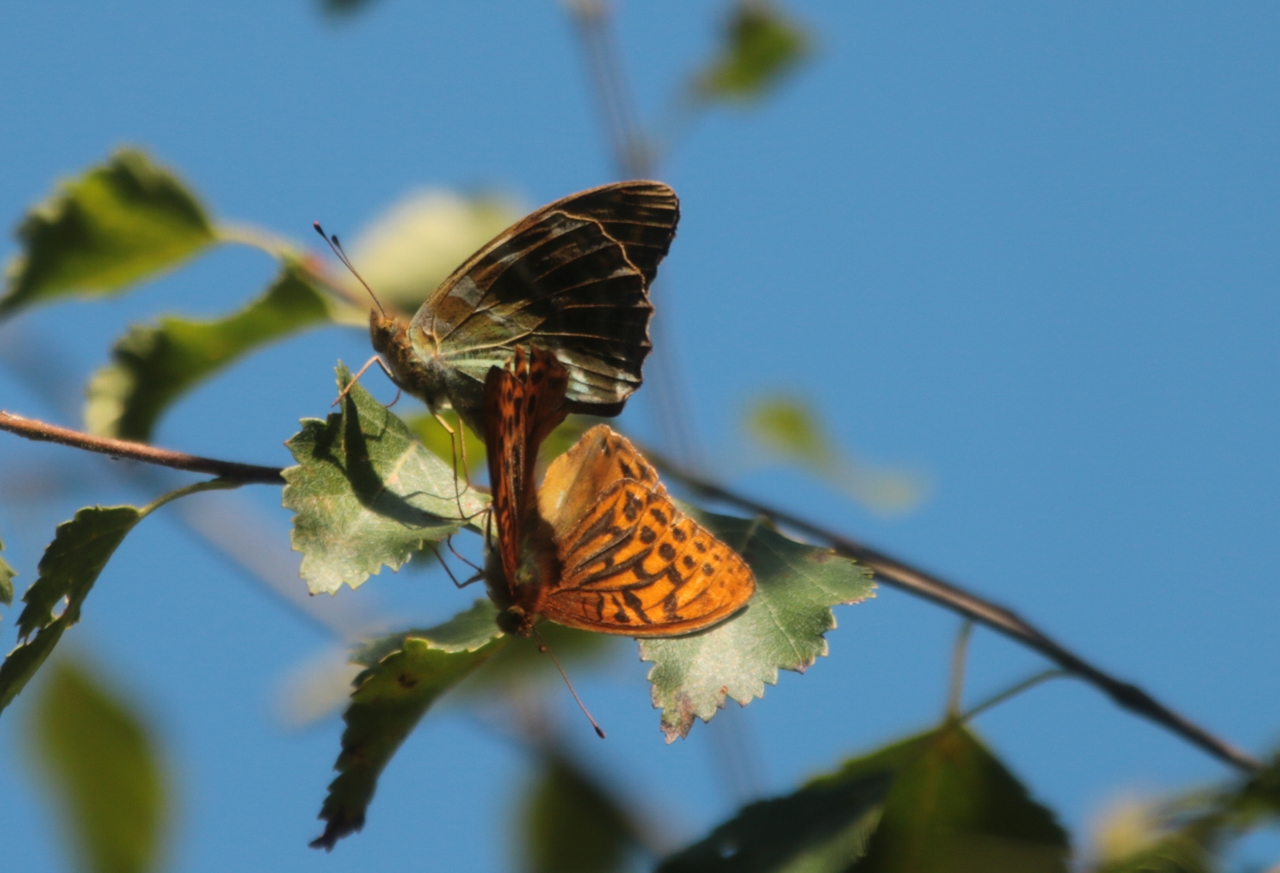
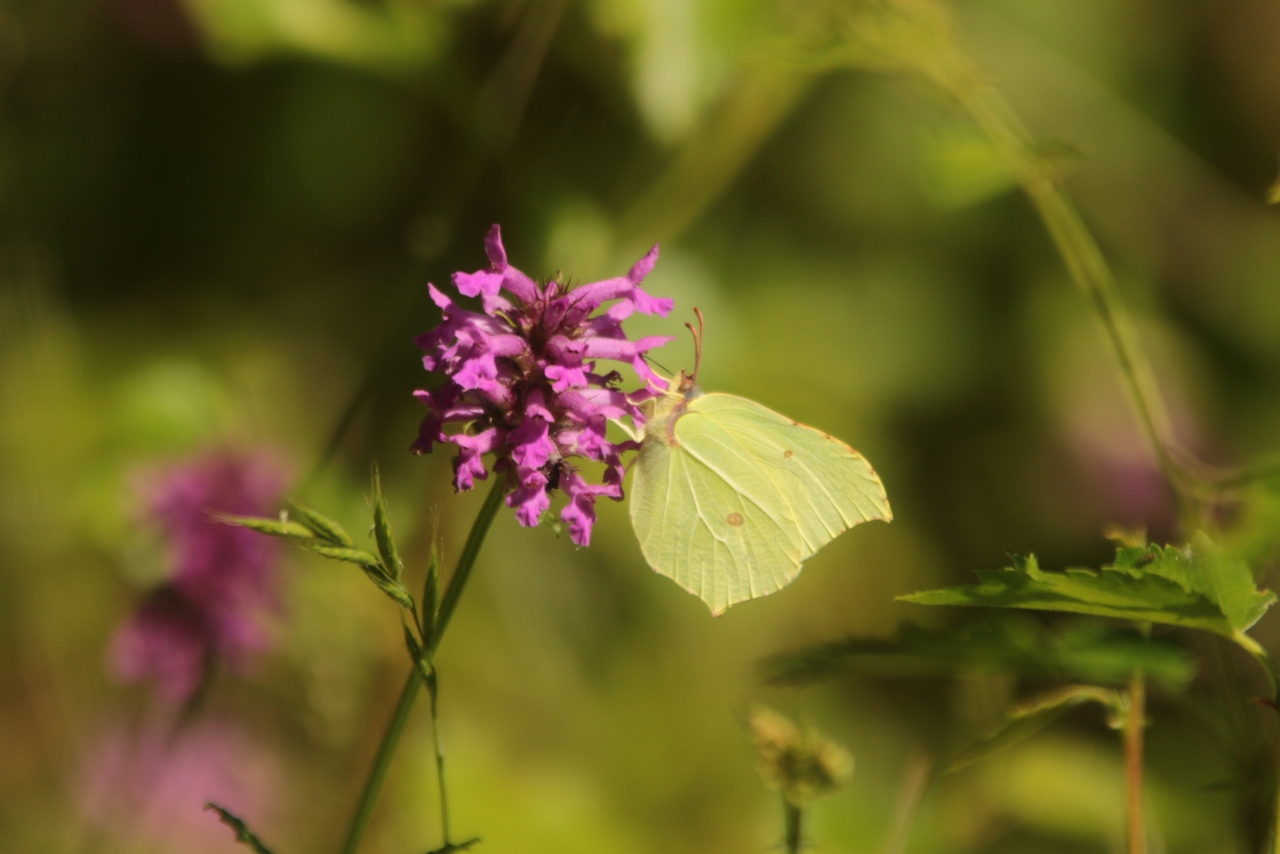
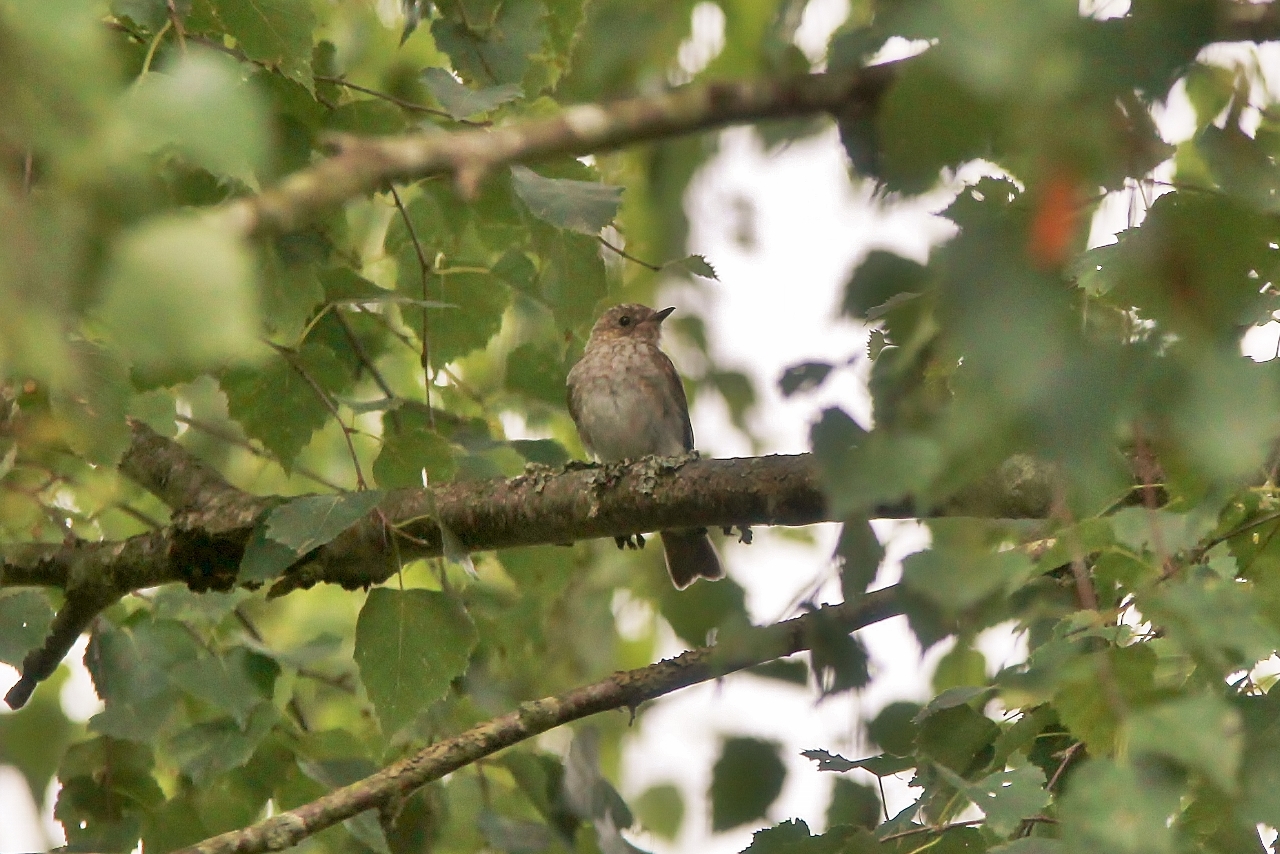

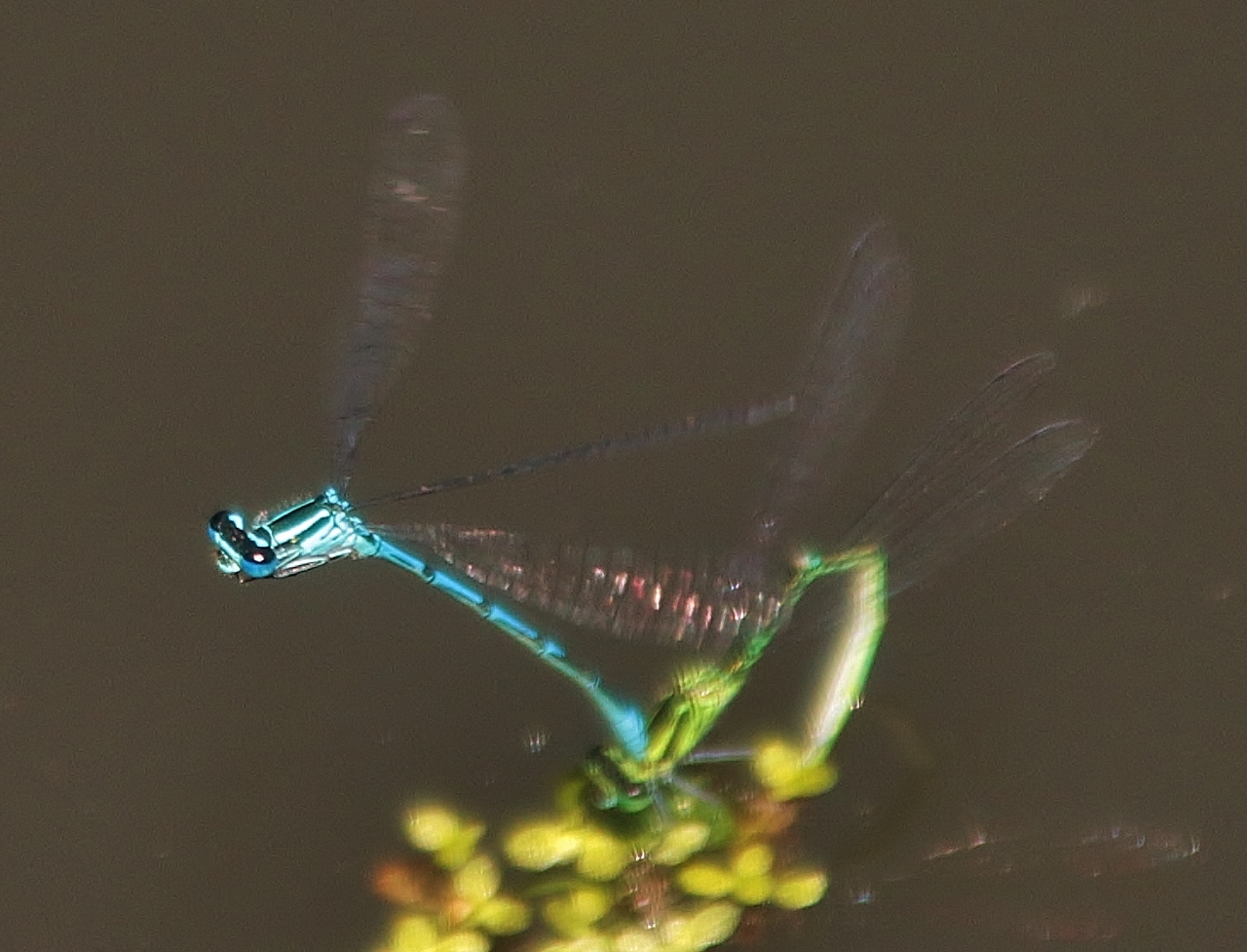
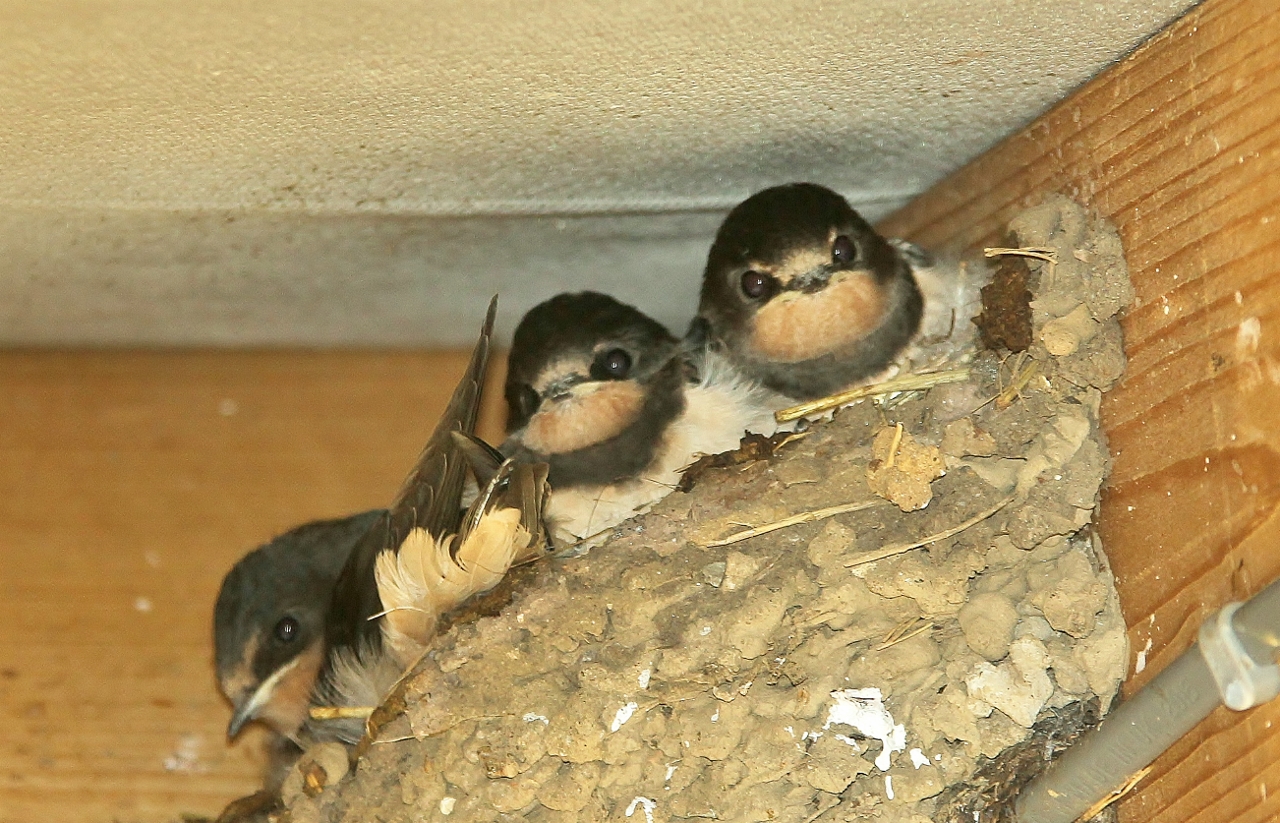




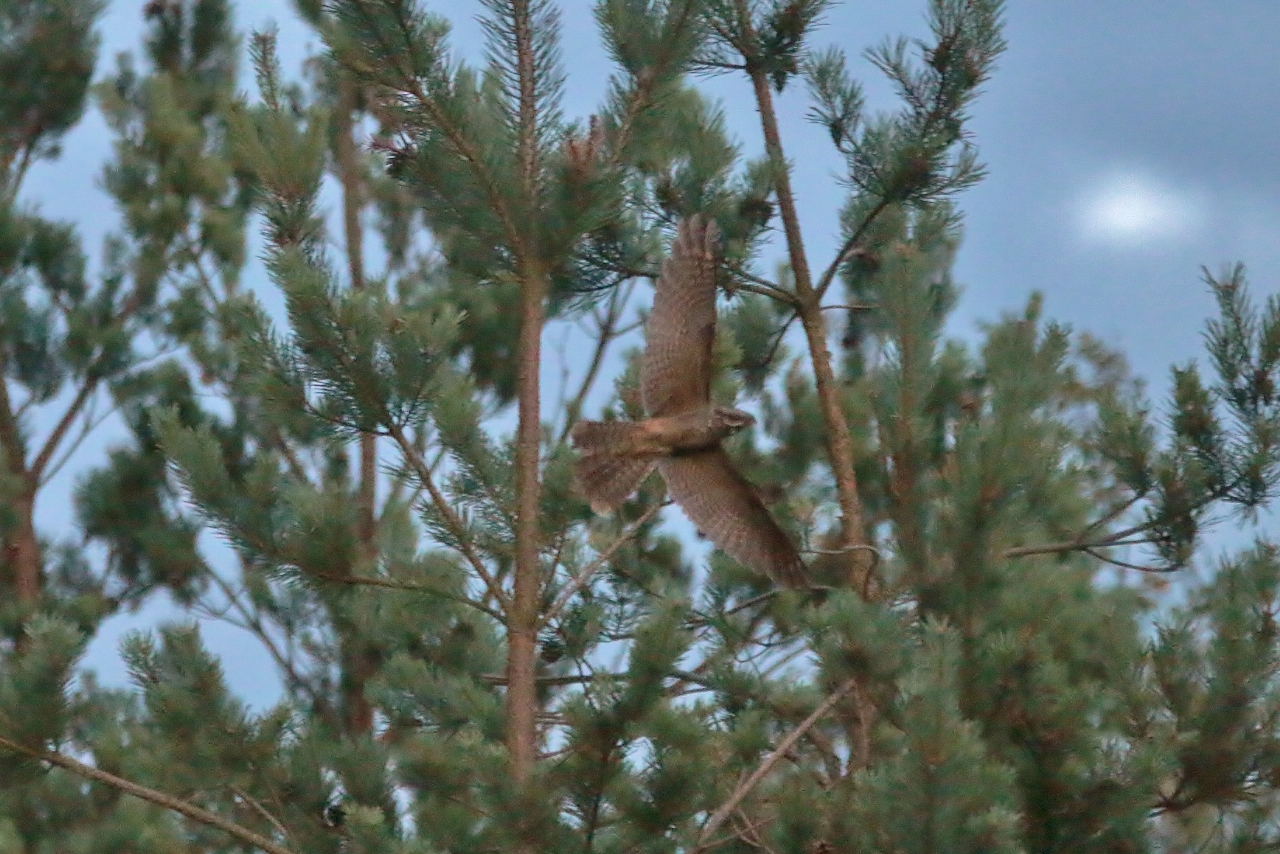
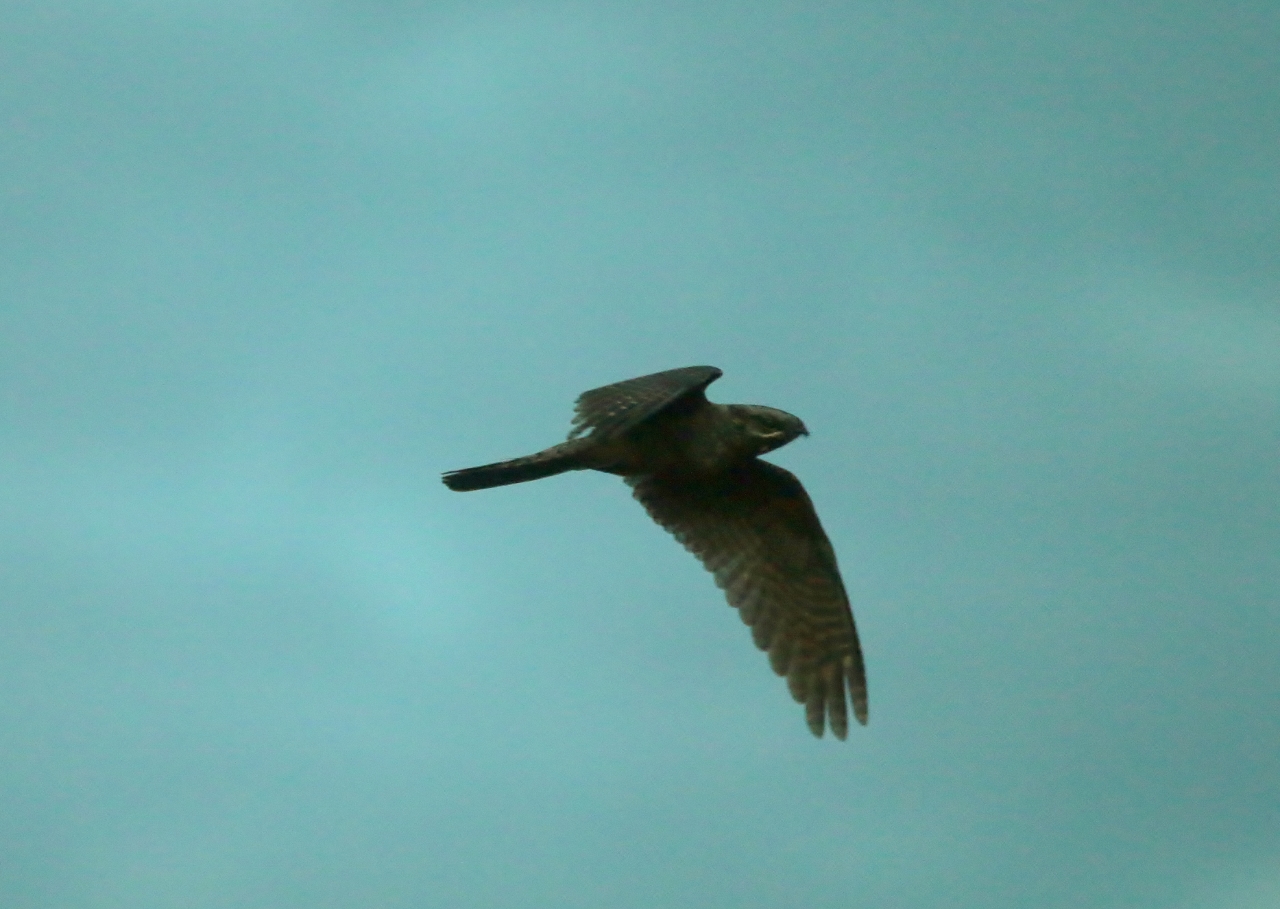
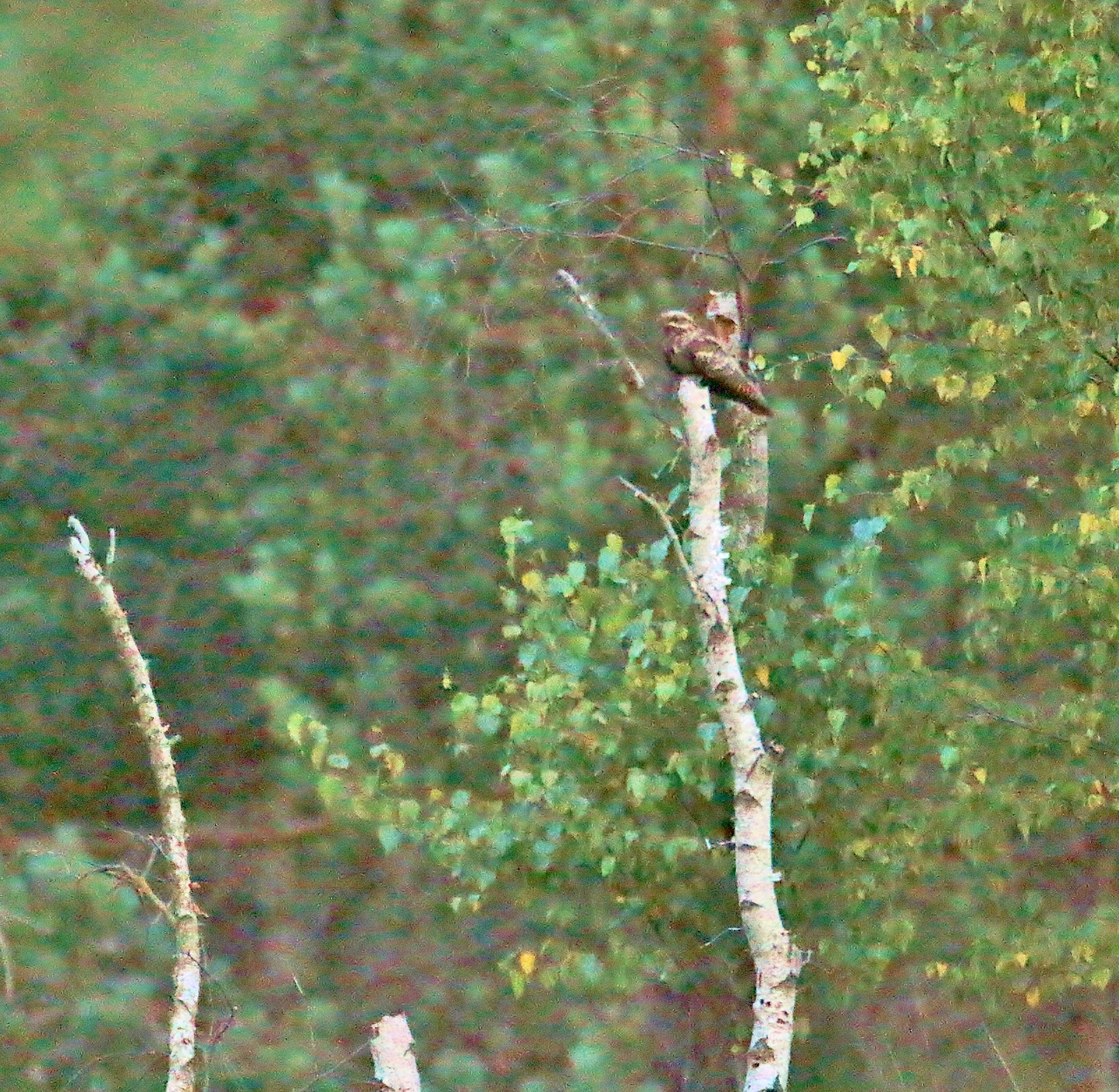

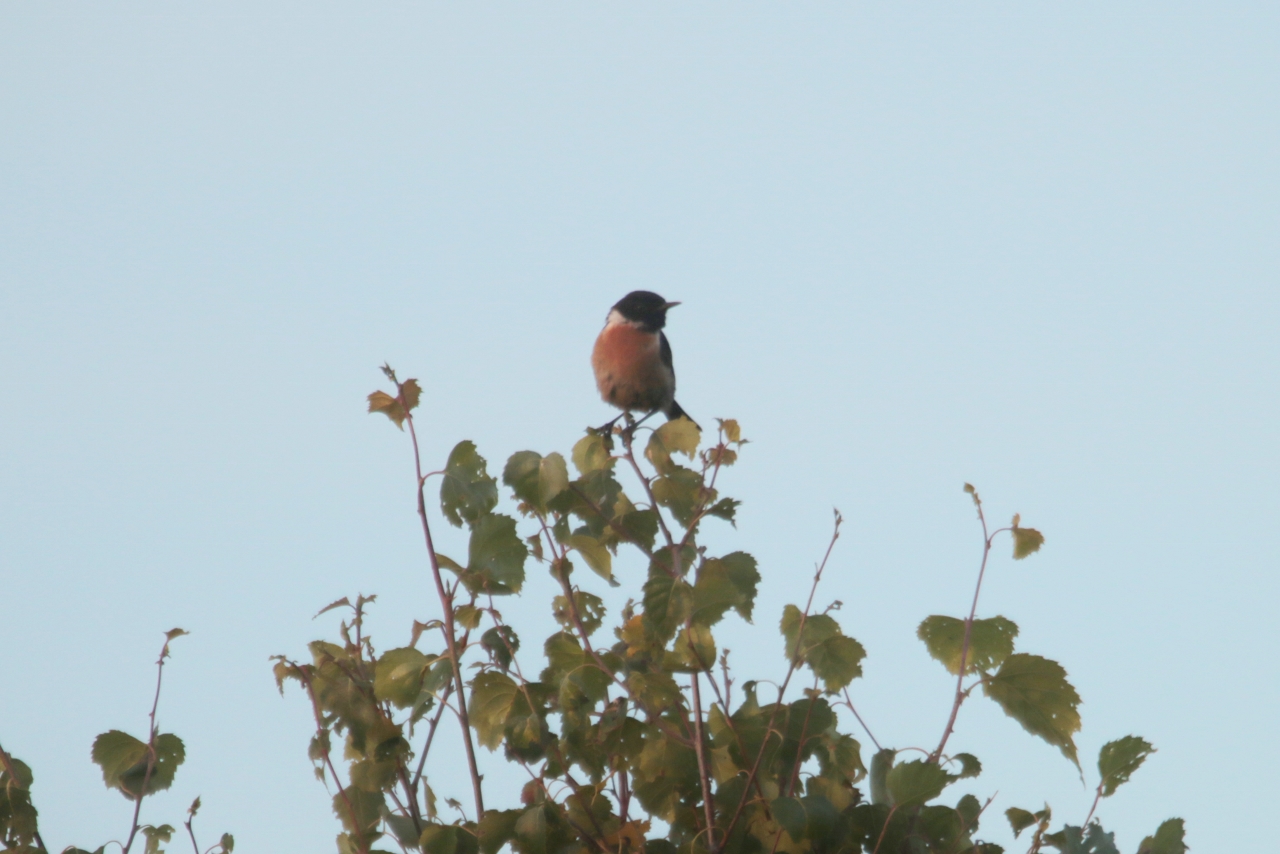
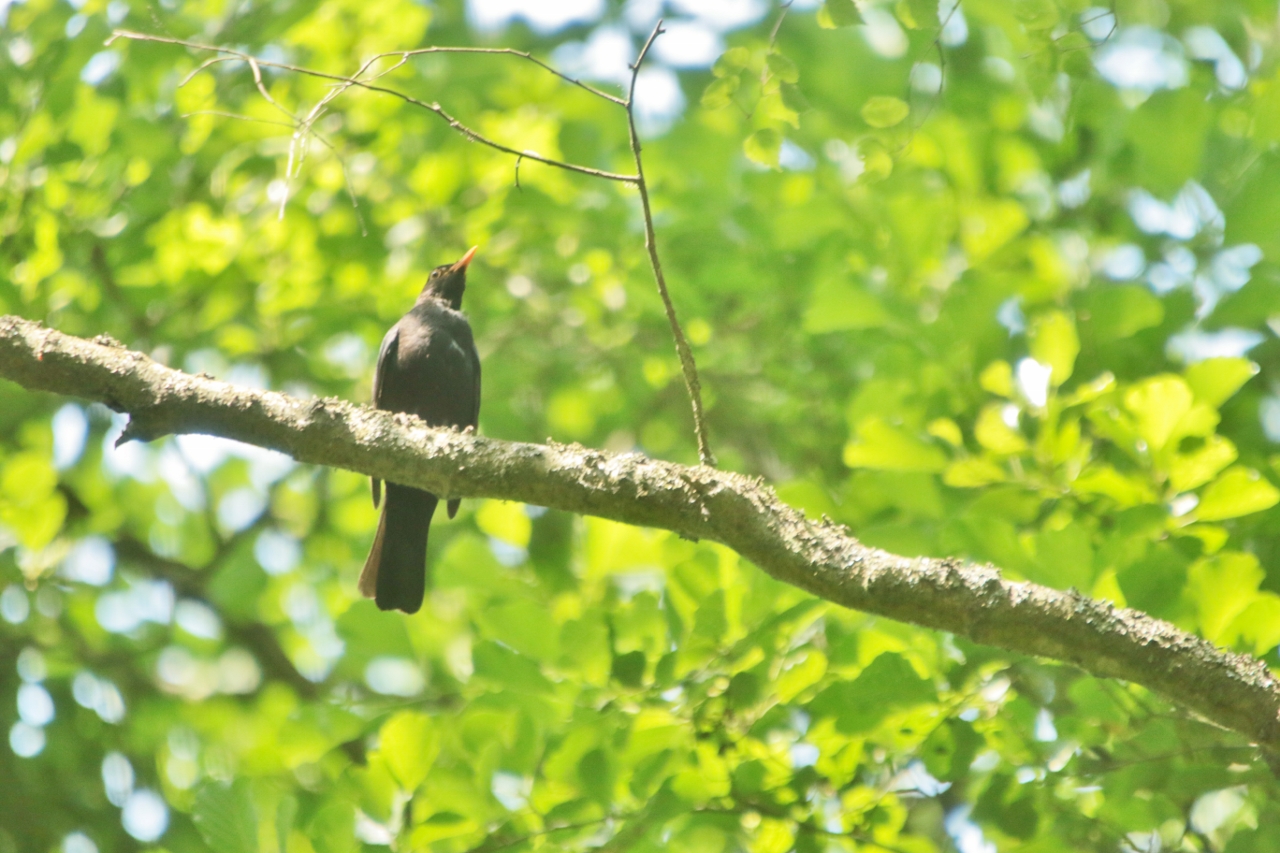

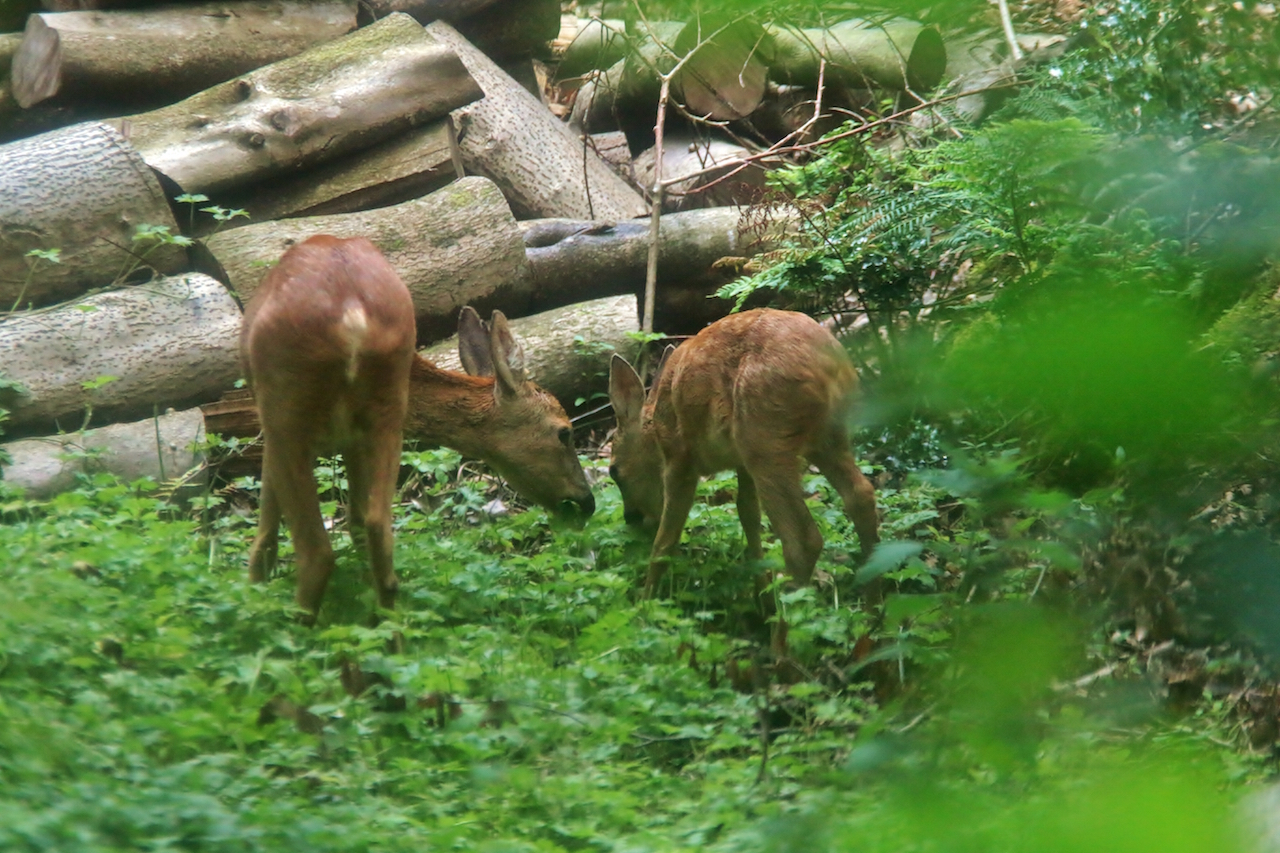
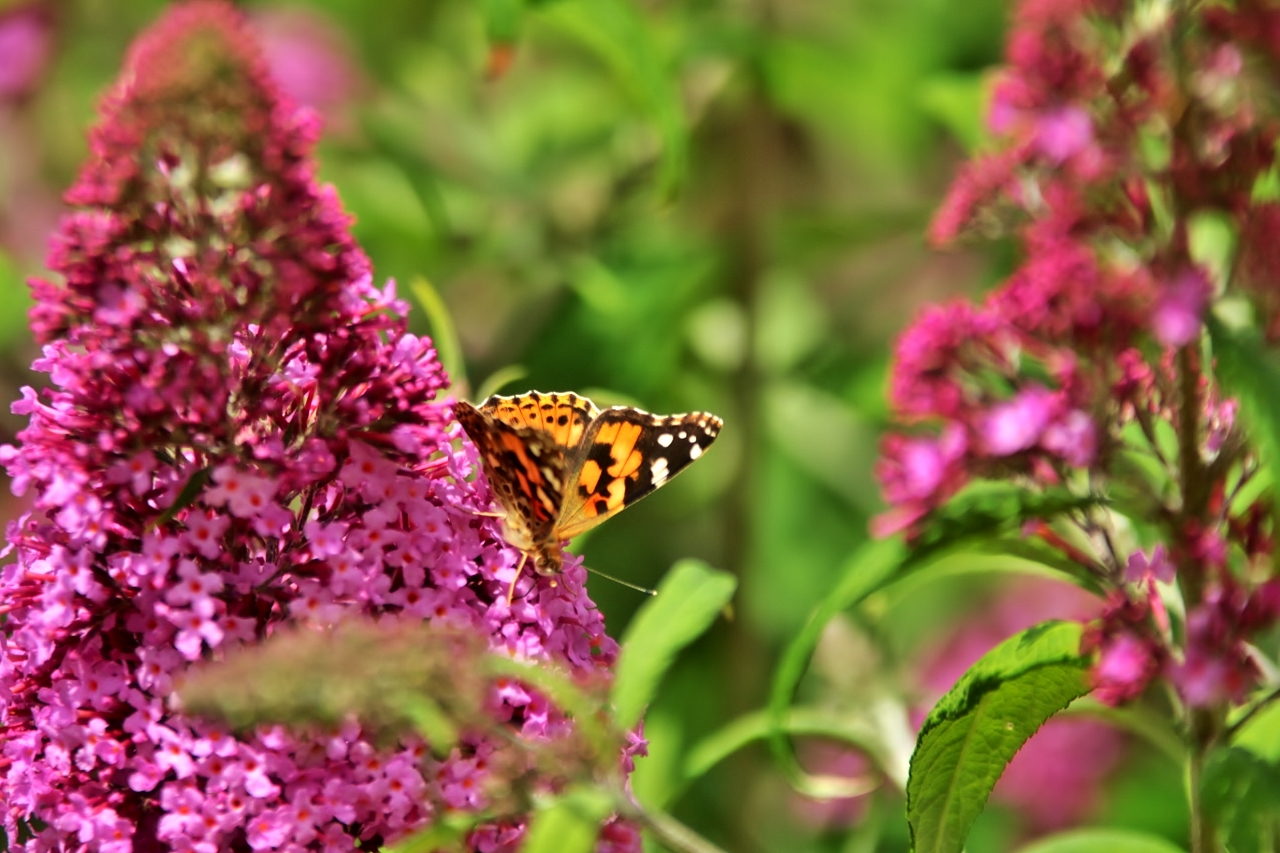

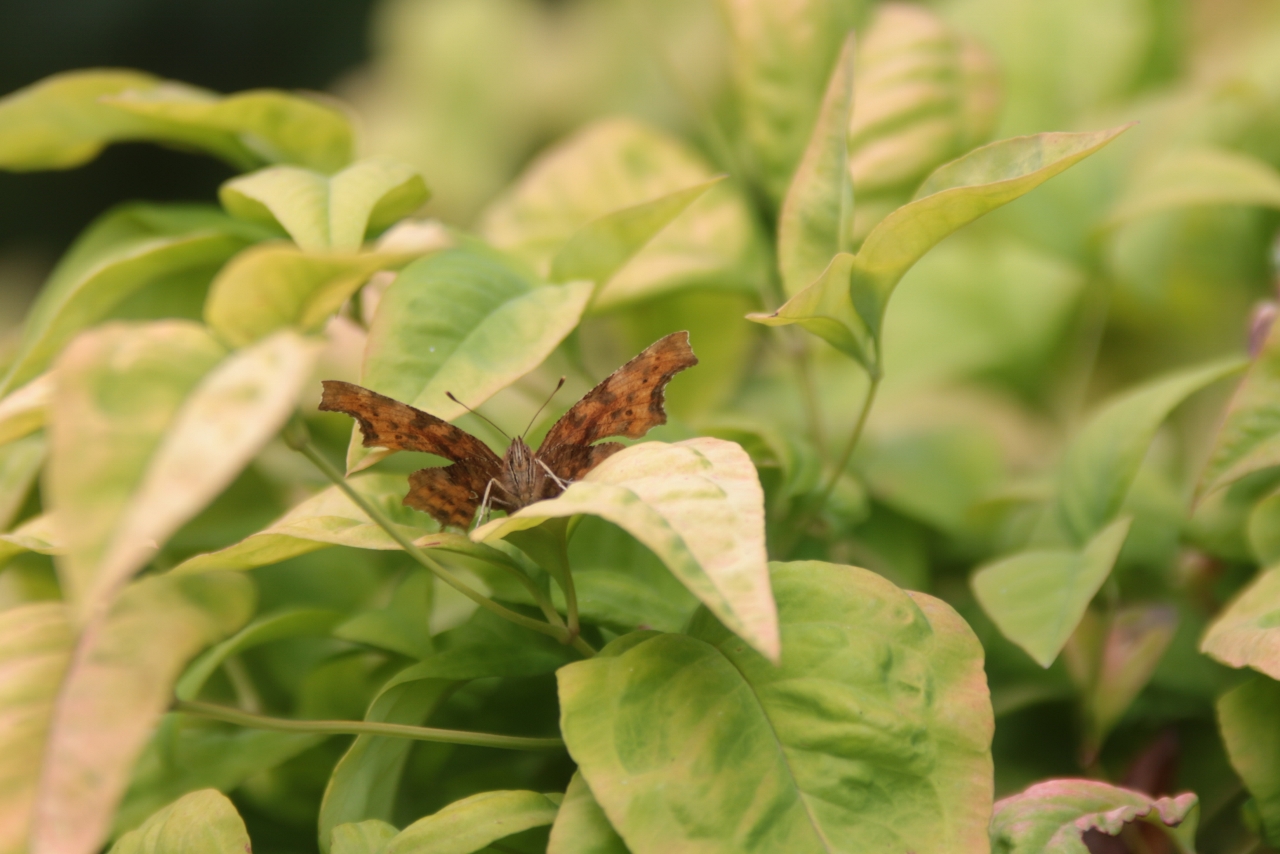

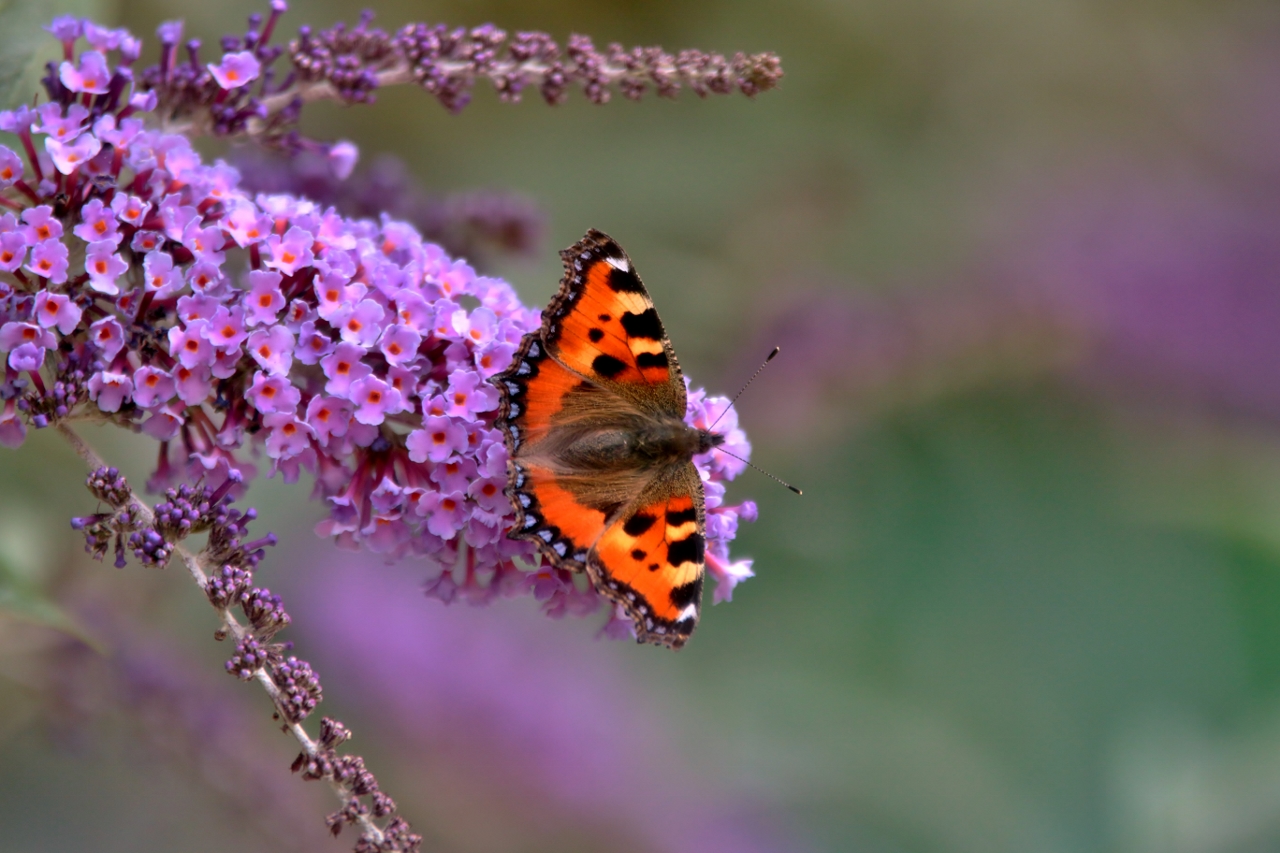












Steve Simnett
July 18, 2017 at 8:39 am
Great variety Malcolm. Nice to know these are our local.
Good pictures too.
Simon Bromfield
July 22, 2017 at 8:21 pm
Wonderful images, the hummingbird hawk moth is of particular interest.
Thank you for your most informative and up-to-date diary seasonal, Malcolm.
Belinda Barratt
July 24, 2017 at 7:26 am
Amazing photos and so interesting and informative. Thank you so much for taking the time to do this for the community.
Graham Stacey
August 19, 2017 at 8:32 pm
I was pleased to bump into Malcolm Fincham again the other night. But no luck with the nightjars. Will keep trying.
Bernard Parke
August 20, 2017 at 12:13 pm
On our lawn this week, in the early morning, I witnessed a hawk which had evidently taken out a blackbird.
We seldom see song birds these days and even birds of the smaller variety are scarce.
Are hawks becoming a menace? They are of course still protected.
Malcolm Fincham
August 24, 2017 at 10:57 pm
I do understand Bernard’s concerns over his garden birds. A short synopsis in the defence of the sparrowhawk (most likely the bird you saw) is that they have evolved alongside our songbirds but usually outwit the not so smart or weak, thus strengthening the surviving gene pool.
It is the introduction, by us humans, of non-native mammals, such as our cuddly cats and those pretty American mink that are the biggest concern and something that our songbirds have not yet adapted to in their evolution.
In response to Graham – I am sorry to hear he was unable to locate the nightjars.
Bernard Parke
August 25, 2017 at 10:41 am
We have few predatory domestic pets around here but we do not even see the once common house sparrow let alone song birds such as the thrush anymore.